Imagine walking through a quiet, sun-dappled bog and stumbling upon a plant that glistens as if dusted with morning dew. But what if that sparkling dew was, in fact, a deadly trap? The sundew, with its jewel-like droplets, is not just beautiful—it’s a silent predator. This unassuming plant has evolved a shocking strategy to survive where others can’t, turning the tables on insects by luring, trapping, and devouring them. The sundew’s story is one of cunning adaptation, sticky ingenuity, and a relentless fight for survival that will leave you marveling at the wild creativity of nature.
The Sundew’s World: Where Survival Means Innovation
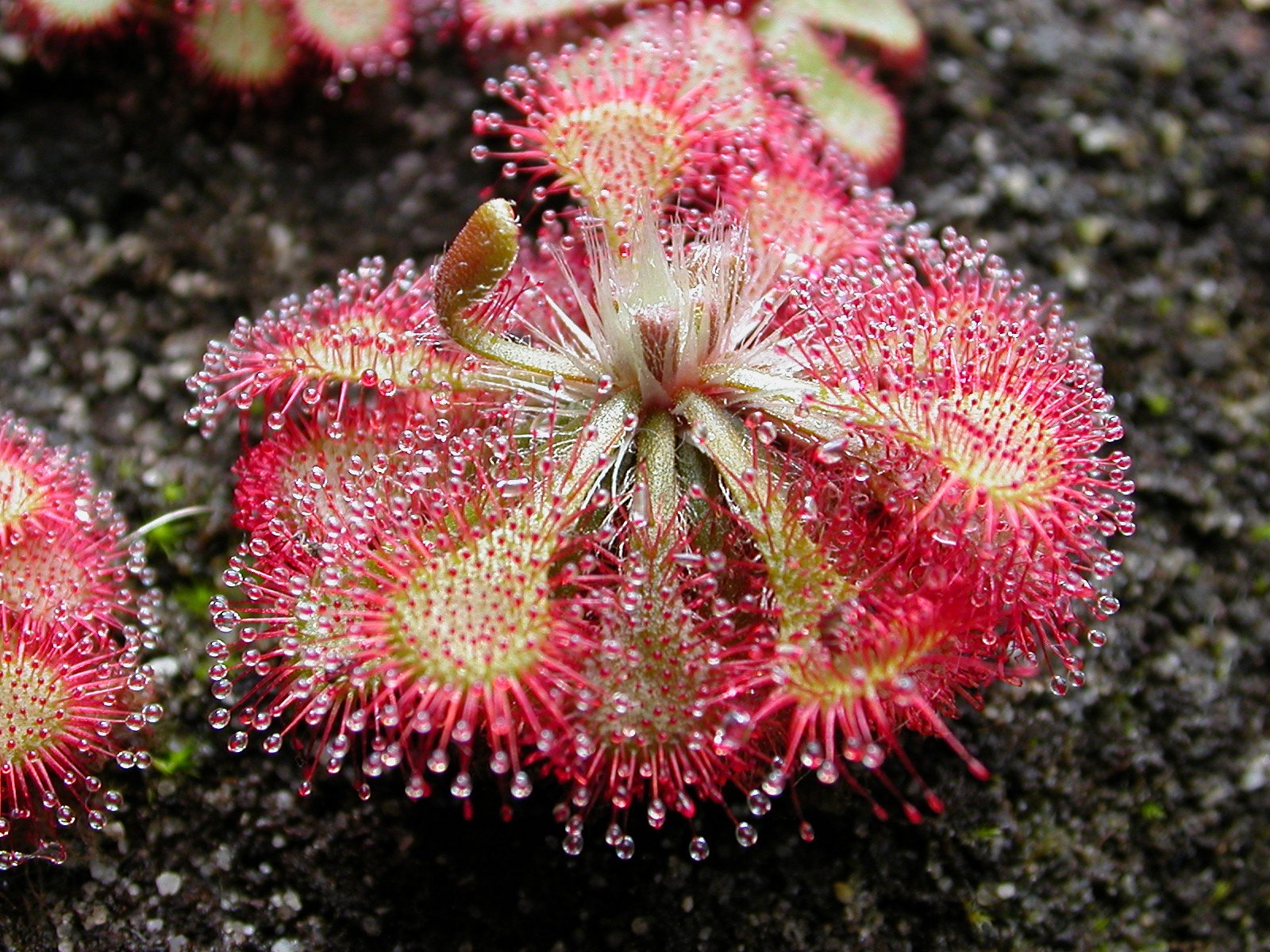
Sundews thrive in places where most plants would quickly perish—bogs, marshes, and nutrient-poor wetlands. These habitats often lack the basic nutrients that plants need to grow, especially nitrogen. While other plants struggle, sundews have developed an extraordinary solution: they hunt. By capturing insects, sundews supplement their diet and flourish in these harsh environments. Their ability to turn adversity into opportunity is a stunning example of nature’s adaptability. In these challenging landscapes, every tiny advantage means the difference between life and death, and the sundew’s predatory habit gives it a powerful edge.
The Anatomy of a Predator: Glistening Tentacles and Deadly Drops
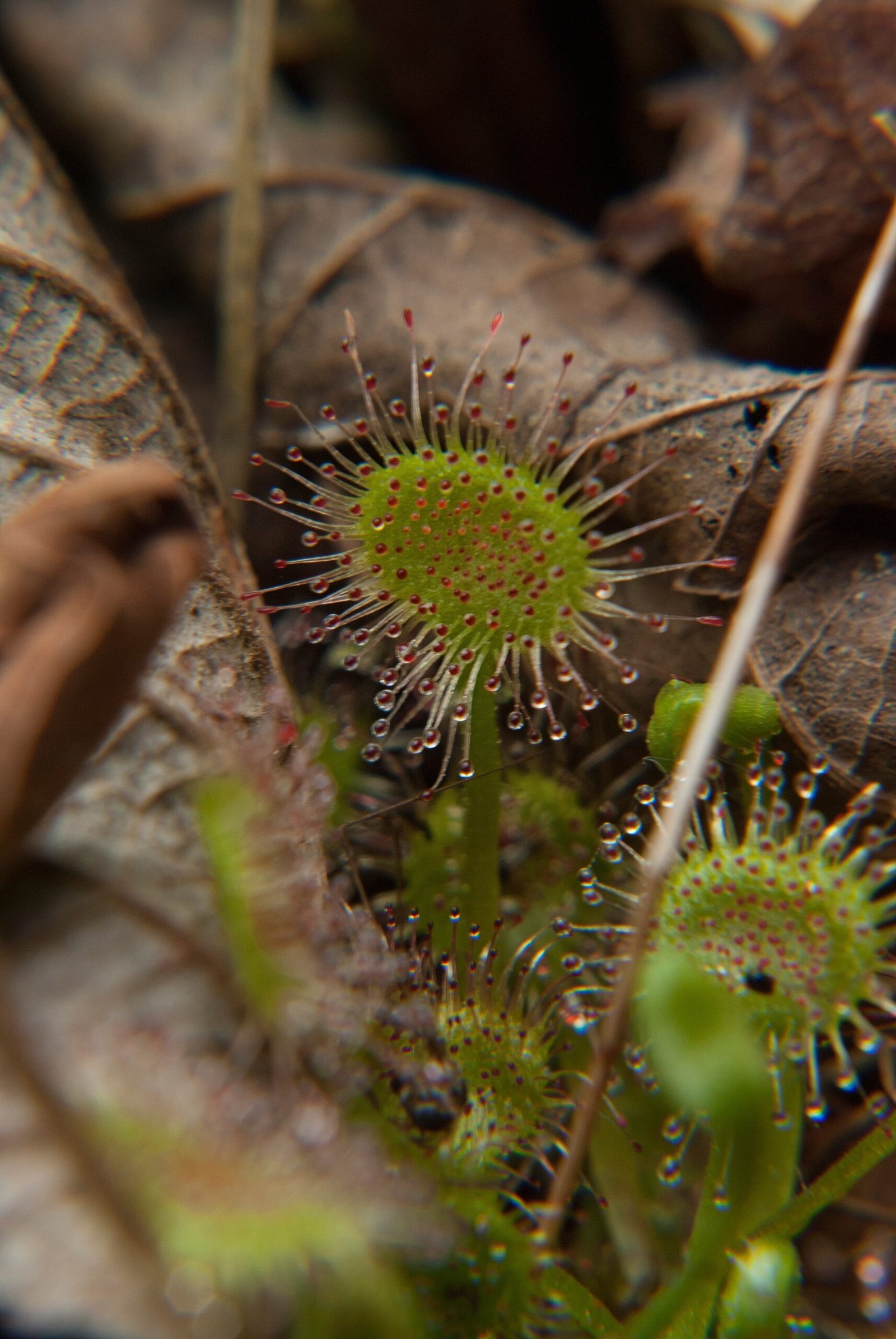
At first glance, a sundew’s leaves look like something out of a fairy tale—narrow, flat, and covered with hundreds of tiny, hair-like structures called tentacles. Each tentacle is tipped with a sparkling droplet of sticky mucilage that glimmers in the sunlight. These droplets are more than just decorative; they are the plant’s primary weapons. The mucilage is both sticky and sweet-smelling, luring unsuspecting insects close. The tentacles can move, albeit slowly, bending and curling around trapped prey to ensure a secure hold. This combination of beauty and lethality is what makes the sundew truly unique among plants.
The Trap is Set: Luring Unsuspecting Prey

Insects are drawn to the sundew’s dew-like drops as if to a refreshing oasis. The droplets contain a sugary scent that mimics nectar, tricking flies, ants, and even small beetles into landing on the leaves. Once an insect makes contact, the stickiness of the mucilage becomes immediately apparent. The harder the insect struggles, the more entangled it becomes, much like a fly caught in a spider’s web. This ingenious deception ensures a steady supply of food in places where competition for nutrients is fierce. It’s a silent ambush that relies on irresistible allure rather than speed or force.
A Slow Embrace: The Tentacles Move In
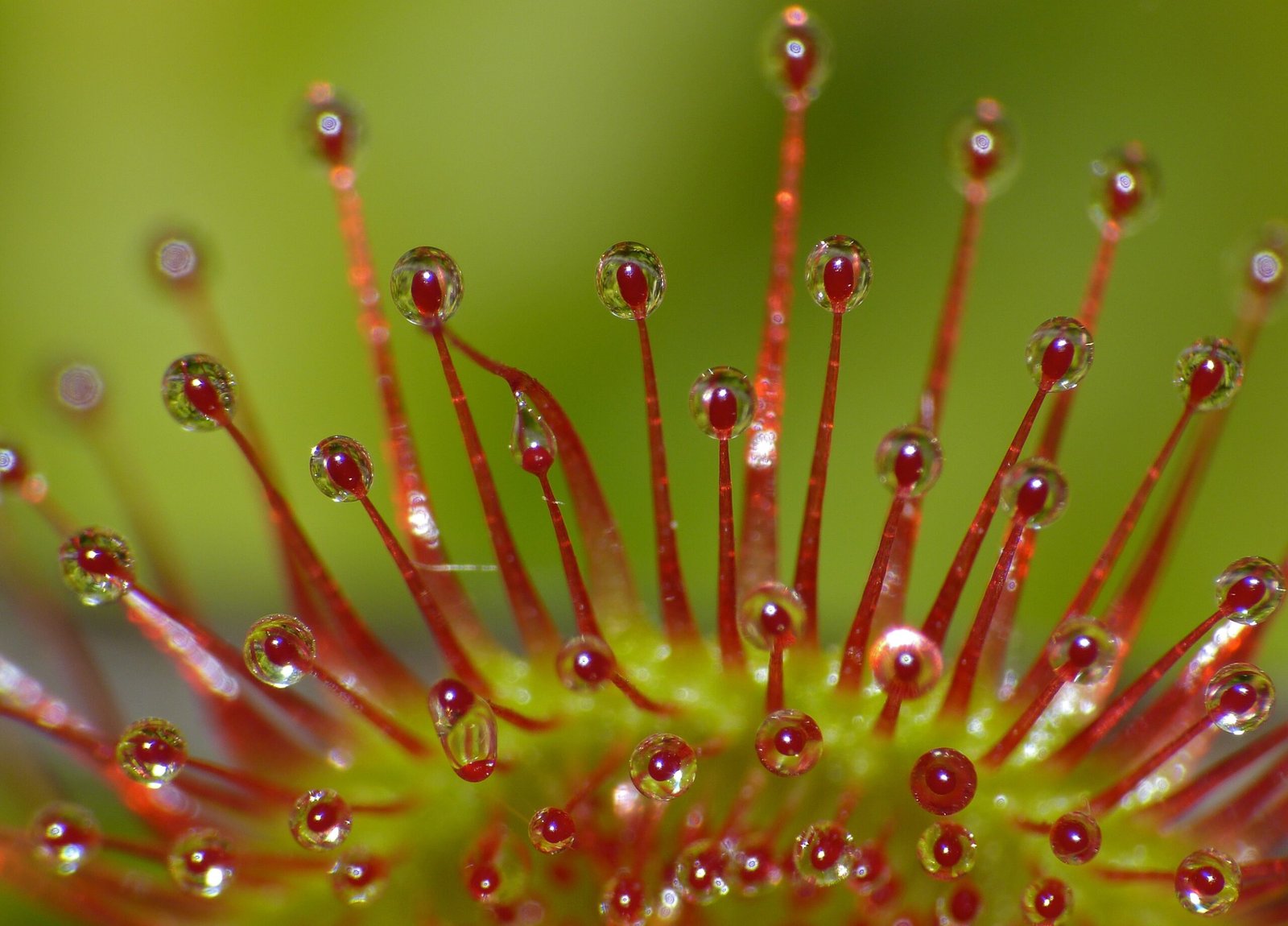
After an insect is captured, the sundew’s tentacles begin a remarkable transformation. Slowly, almost imperceptibly, the surrounding tentacles bend inward, wrapping around the prey in a sticky embrace. This movement is powered by changes in water pressure within the tentacle cells—a process called thigmonasty. The more the trapped insect struggles, the tighter the tentacles grip. Over time, the entire leaf may curl around the prey, maximizing contact with digestive enzymes. This gradual, deliberate movement is both fascinating and haunting, a living example of patience as a weapon.
The Enzymatic Feast: Digestion in Action
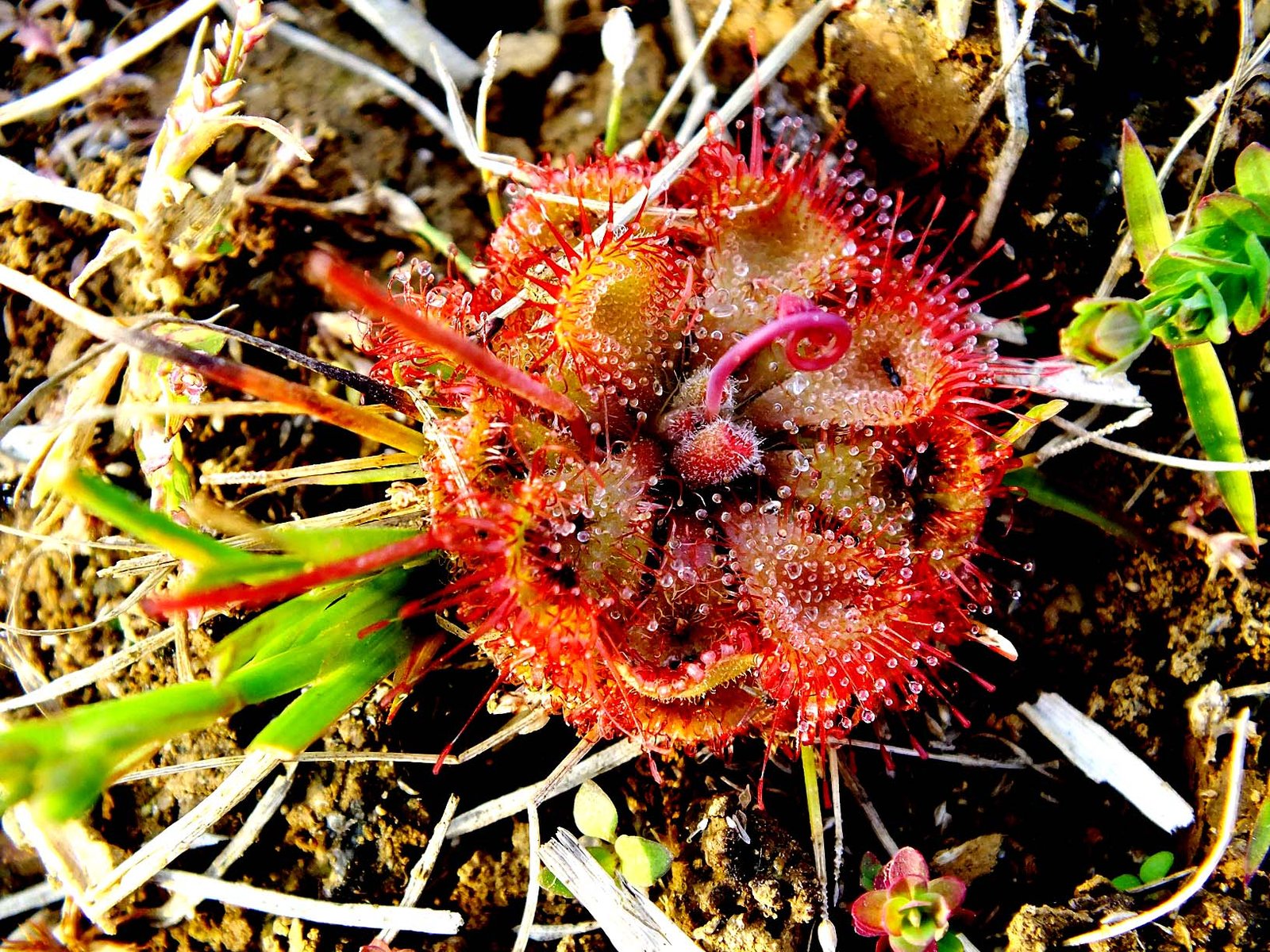
Once the prey is securely wrapped, the sundew releases a cocktail of digestive enzymes onto the insect’s body. Enzymes like proteases and phosphatases break down the complex proteins and other molecules found in the insect’s tissues. This process can take several hours to days, depending on the size of the prey. As the insect’s body breaks down, the nutrients are absorbed directly through the leaf’s surface. This method allows the sundew to extract the precious nitrogen and other essential nutrients that are so scarce in its native habitat. It’s a slow, efficient feast that leaves nothing to waste.
From Prey to Plant: Absorbing the Spoils
The sundew’s leaves are specially adapted to absorb nutrients from their prey. Tiny glands on the leaf surface draw in the liquefied remains, transporting them into the plant’s vascular system. These nutrients are then used to fuel growth, support flowering, and produce more sticky tentacles. The efficiency of this absorption process is remarkable—almost every part of the victim is recycled to benefit the plant. Once digestion is complete, the leaf uncurls and the indigestible parts, like exoskeletons, are left behind as a grim reminder of the plant’s deadly prowess.
Evolution’s Ingenious Design: Why the Sundew Hunts

The sundew’s carnivorous lifestyle is a direct response to environmental pressures. In nutrient-poor soils, traditional root systems are not enough to sustain healthy growth. By evolving the ability to trap and digest insects, sundews have carved out a unique niche for themselves. This evolutionary gamble has paid off, allowing them to thrive where others fail. Scientists believe that sundews represent one of nature’s most striking examples of adaptive evolution—a plant that abandoned the typical rules of survival in favor of something radically different.
The Global Family of Sundews: Diversity and Distribution
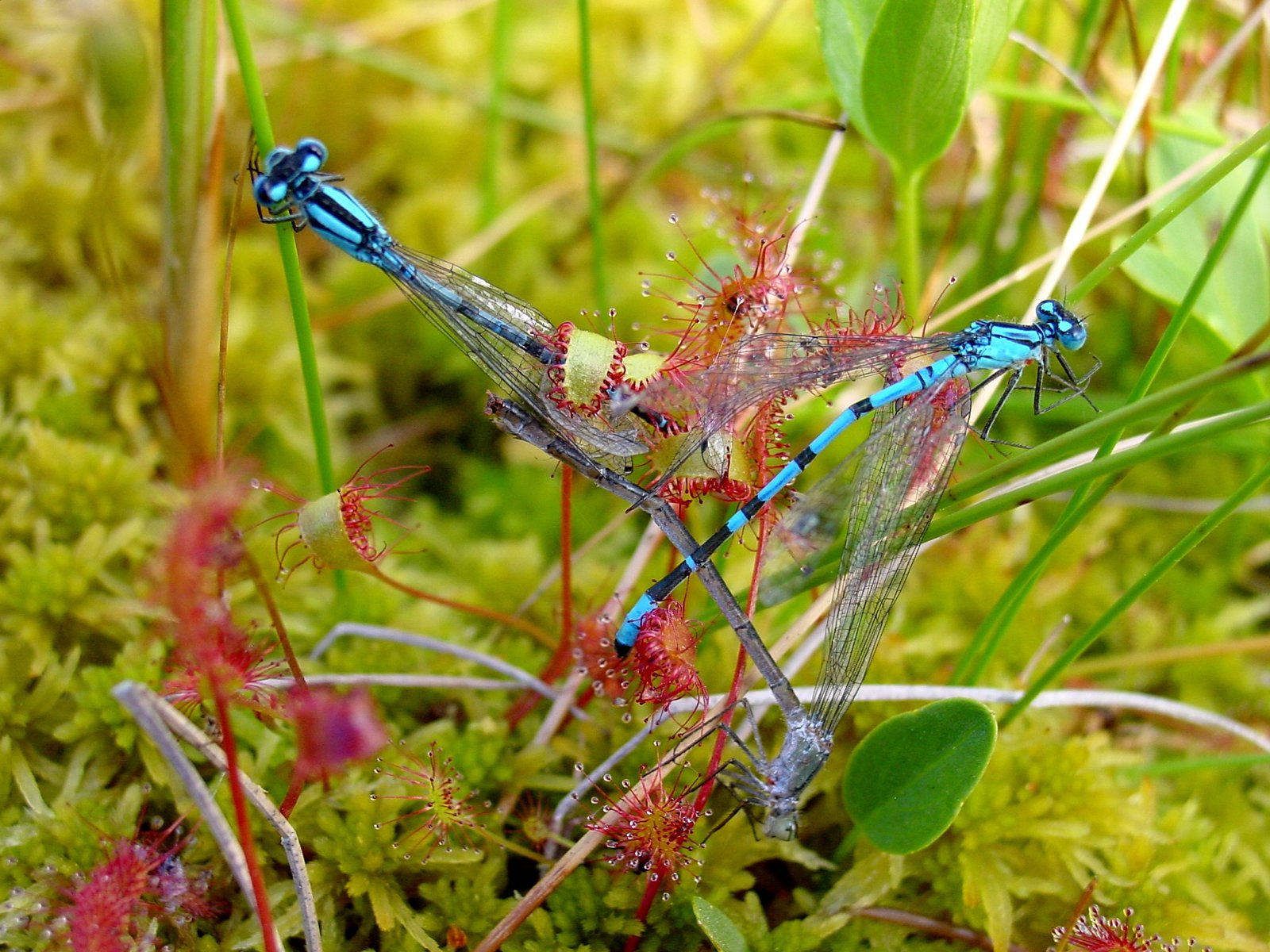
There are over 200 known species of sundews, spread across every continent except Antarctica. Each species has its own unique twist on the classic sundew design. Some are tiny and delicate, barely noticeable among the moss, while others are large and robust, dominating their patch of wetland. In Australia, the king sundew boasts leaves as long as a human hand, while in Europe, the common round-leaved sundew forms dense red carpets on peat bogs. This diversity reflects the sundew’s extraordinary ability to adapt to a wide range of climates and conditions.
Life Cycle of a Killer: Growing Up Sundew
Sundews begin life as tiny seeds, often dispersed by wind or water. Once they find a suitable spot, the seeds germinate and sprout small, sticky leaves almost immediately. As they grow, young sundews quickly begin trapping insects, supplementing their meager nutrient intake from the soil. Flowering occurs once the plant is mature, producing delicate blooms that are often pollinated by insects—thankfully, pollinators are usually safe, as the flowers are held away from the sticky leaves. After flowering, new seeds are produced, ensuring the next generation of these captivating killers.
Striking a Balance: Sundews and Their Ecosystem
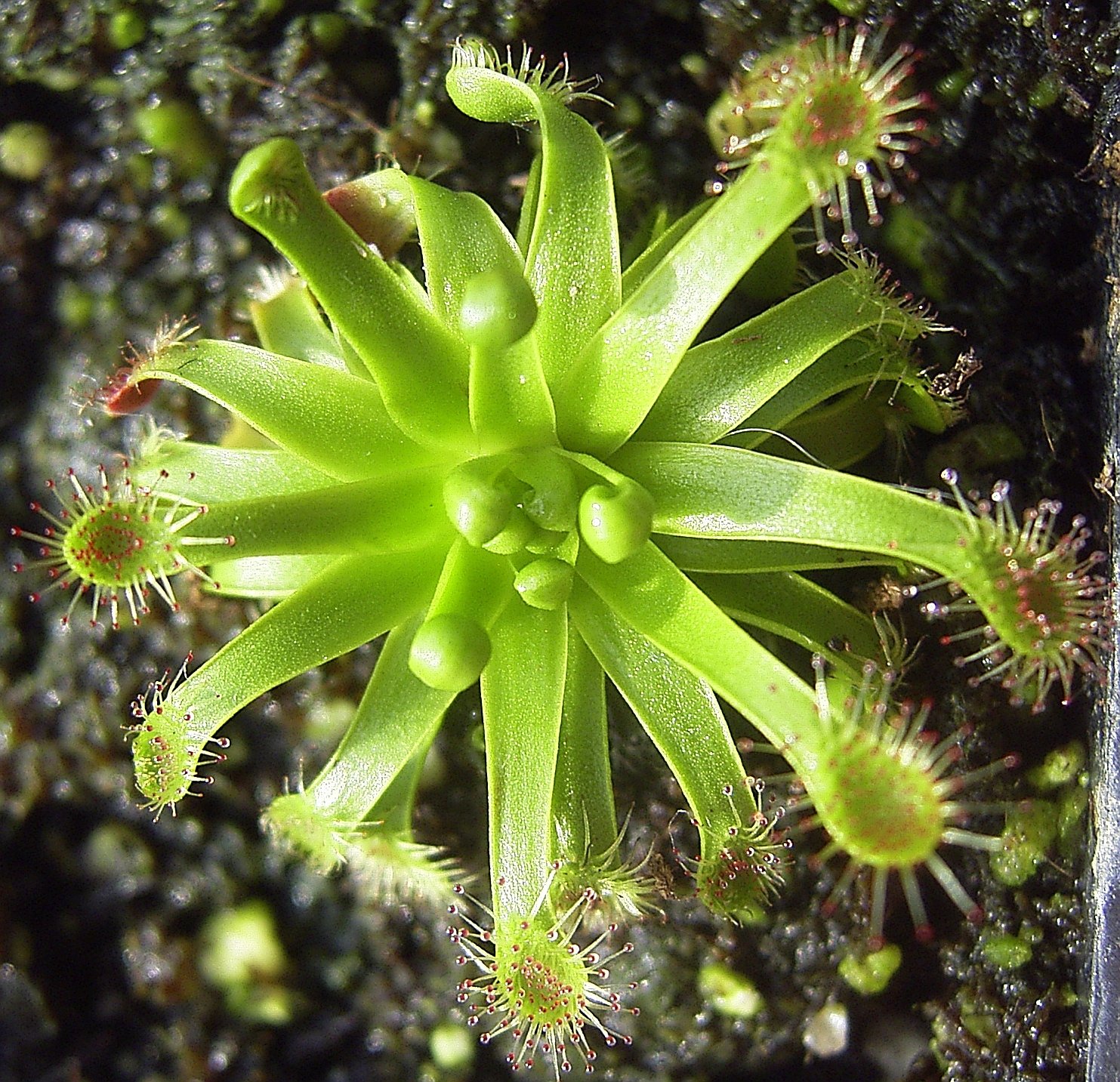
Despite their deadly reputation, sundews play a vital role in their ecosystems. By controlling insect populations, they help maintain balance among the plants and animals that share their habitat. Sundews also serve as food for certain specialized creatures, such as caterpillars that have evolved to resist their sticky traps. In turn, sundews rely on healthy wetland environments to survive, making them sensitive indicators of ecosystem health. Their presence is a sign that nature’s delicate balance is being maintained, even in the harshest conditions.
Human Fascination: From Curiosity to Conservation
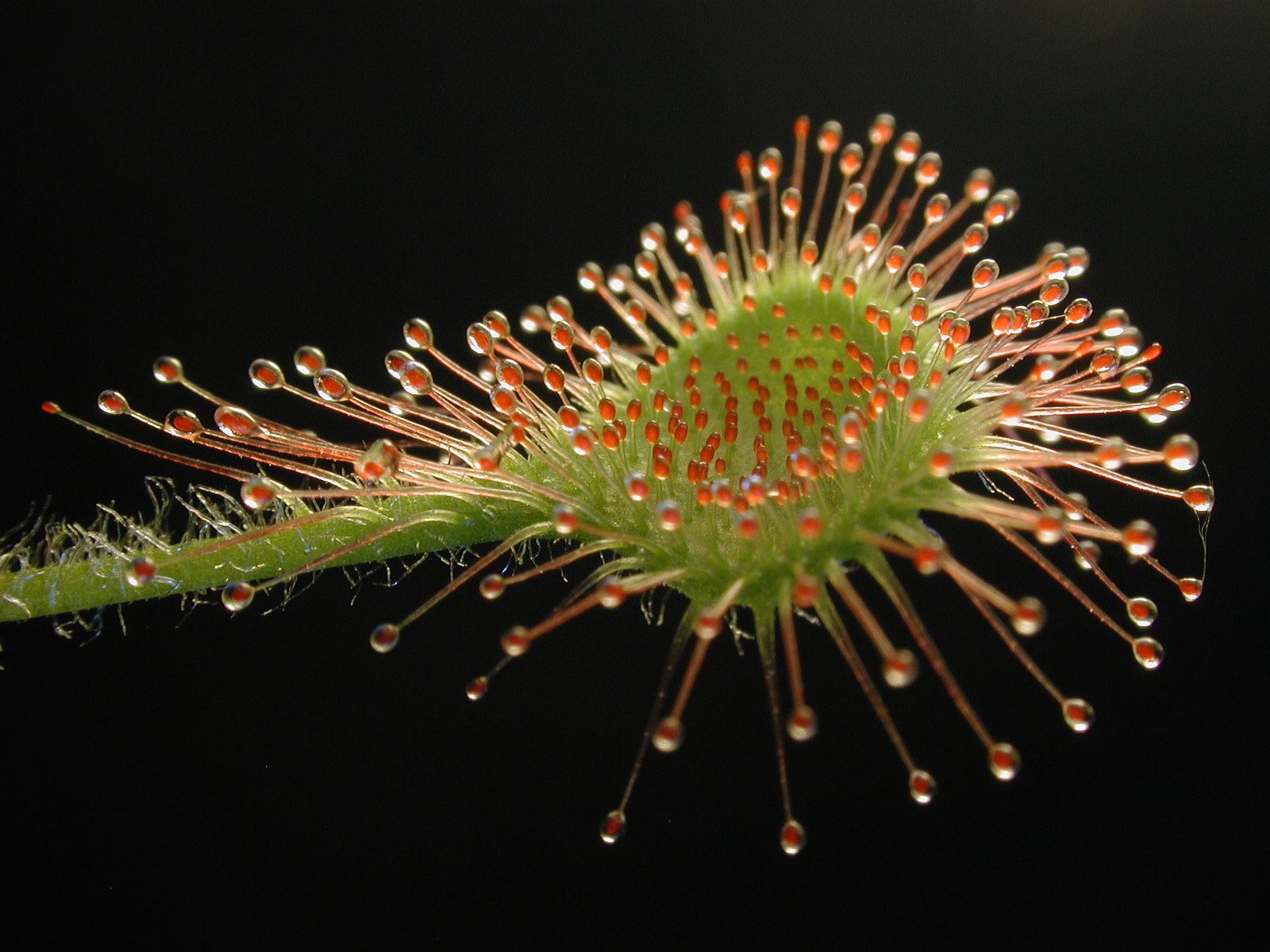
Humans have long been captivated by the sundew’s bizarre habits. Early botanists were astonished by these “insect-eating” plants, and today, sundews remain popular among collectors and nature enthusiasts. However, many sundew habitats are threatened by pollution, drainage, and habitat destruction. Scientists and conservationists are working to protect these remarkable plants and the wetlands they call home. Their unique story reminds us of the importance of conserving even the most unlikely forms of life, as each plays a part in the web of nature.
A Final Reflection: Nature’s Ingenious Hunter
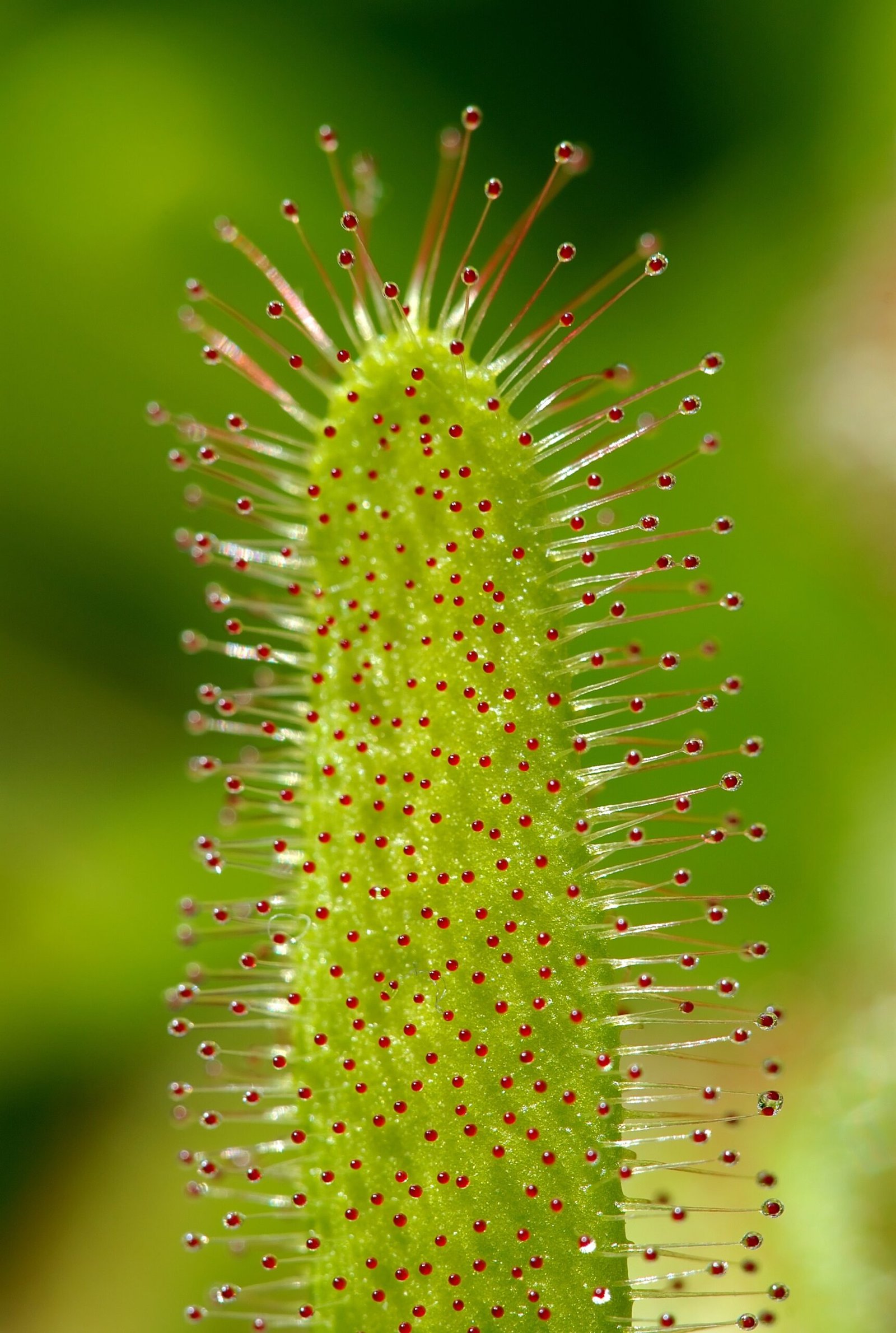
The sundew’s sparkling drops may appear innocent, but behind their beauty lies one of nature’s most ingenious survival strategies. This extraordinary plant blurs the line between flora and fauna, reminding us that life’s greatest innovations often come from the most unexpected places. The next time you see a glistening patch in a bog or marsh, ask yourself: would you have guessed that such quiet beauty could conceal such deadly intent?


